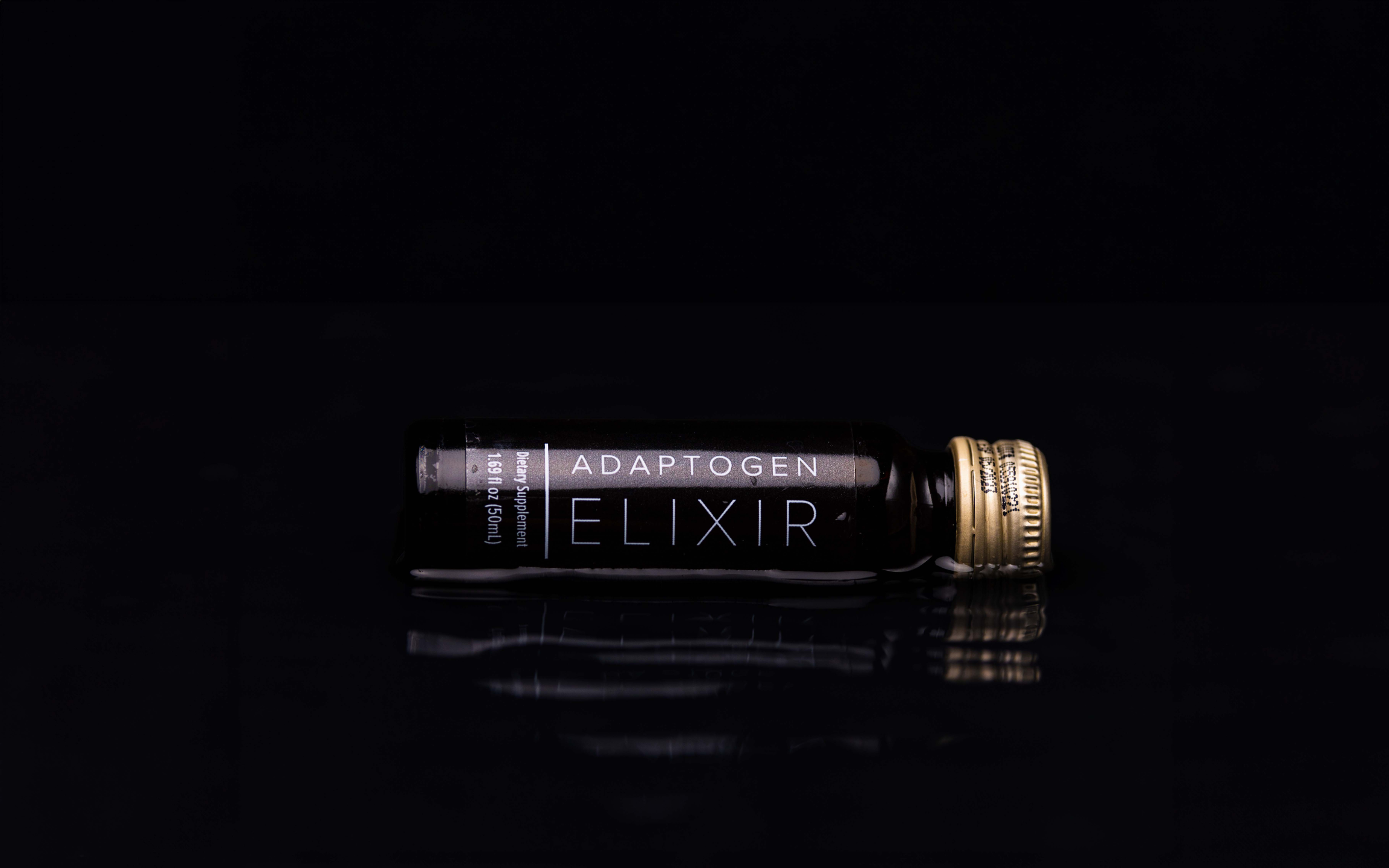How to Avoid Weight Regain after Weight Loss
March 14, 2018,
Rebecca Haresign

There are many different approaches a person could take to try to lose weight, and whilst many of these strategies can be successful in the short term it can be a challenge to maintain this lifestyle. In fact, only around 1 in 5 people manage to keep weight off for at least a year after reaching their target weight (1).
Recently, scientists from the University of Colorado published a review of the scientific literature in 2015 that looked at what occurs in the body during weight loss, and how adipose tissue (body fat) drives the body to regain weight (2).
What happens during weight loss?
Body weight is controlled by an internal feedback loop between the brain and the periphery. The periphery includes organs such as the gut, liver, muscle and adipose tissue, which each send signals to the brain. The body wants to maintain a constant state of energy storage, known as homeostasis. The brain uses the signals from these organs to know when energy storage is depleted and triggers the body to increase appetite and slow metabolism to restore this level of energy storage. One of the key signals which indicates energy storage is the hormone leptin, which is secreted from white adipose tissue.
White adipose tissue is an organ with many functions, one of which is to store energy in your body. Energy is stored in fat cells, known as adipocytes. When you begin to utilise energy from these stores and lose weight, your adipocytes get smaller and store less energy.
The amount of leptin secreted by white adipose tissue is relative to the amount of energy stored and therefore the size of the adipocyte. As weight is lost and energy stores are decreased, the lower level of leptin in the circulation alerts the brain to the fact the adipocytes are below their maximum storage capacity. This signals to the brain that energy balance needs to be adjusted, by reducing the amount of energy used in various processes in the body and increasing appetite, to increase the amount of energy stored in these cells. This metabolic adjustment can result in returning to original weight.
How can I maintain my weight loss?
To maintain your reduced weight, you should continue to implement the healthy changes you undertook to achieve this weight. By doing this, over time your body will see this level of energy storage as the norm and will work to maintain this level. Losing weight at a steady rate, as the 30-Day Weight Loss System is designed to, can also help your body to gradually adapt.
Returning to your old habits won’t help your body to adapt, and your energy stores are likely to be restored to your previous level, and therefore your previous weight.
How can I maintain my weight loss with Isagenix?
Isagenix has made weight maintenance simple, and our systems are easy to adapt to help you achieve your goals. It’s important to find the right system that works for you. This could be a continuation of the 30-Day Weight Loss System, replacing two meals per day with an IsaLean Shake, and including 4 Cleanse Days* per month. If you find your energy requirements are greater, perhaps you’re exercising more regularly or at a higher intensity, you may want to add to your IsaLean Shake, or replace one meal per day with an IsaLean Shake and include two 400-600 calorie meals, in which case you might start an Everyday Weight Maintenance System.
Alternatively, we also have My Pack. This allows you to create a personalised system with the right amount of each individual product that you’d need to include your own programme of Shake Days and Cleanse Days*, and receive this as your autoship whilst still benefiting from a great discount.
* A Cleanse Day is a nutritionally supported fast that nourishes and energises your body’s own detoxification systems. For further Cleanse Day information, visit https://www.isagenix.com/en-gb
References
- Wing R and Phelan S. Long-term weight loss maintenance.Am J Clin Nutr 2005;82(suppl):222S-5S.
- MacLean PS, Higgins JA, Giles ED, Sherk VD, Jackman MR. The role for adipose tissue in weight regain after weight loss. Obes Rev 2015;16 (Suppl 1):45-54




